Tuning & Timing - 05/19/2012
On any car that you just received, verifying the proper operation of the tune and timing of the engine is essential to keep the engine operating at an optimal level. This is especially true of a car that is 45 years old and has been through some questionable times and mechanics most likely.
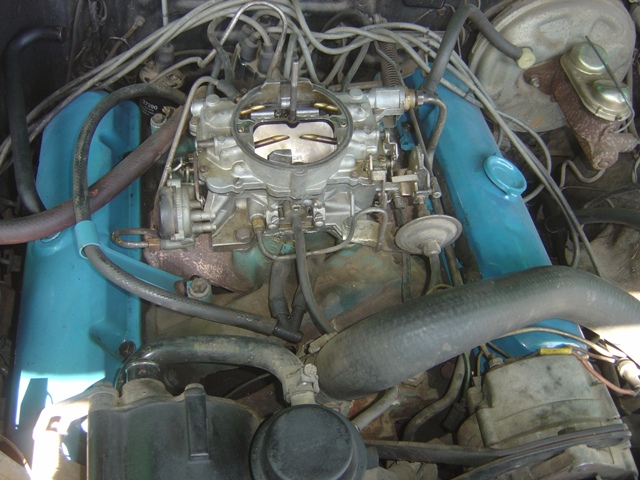
Carter AFB. The vacuum hoses are pretty wrong. The A.I.R. bypass valve was connected directly to the dashpot on the right that smooths the idle transition when the throttle is closed suddenly.

Three fitting on the main port of main vacuum. One to power brakes, the other to the transmission modulator, and one is capped off. This fitting spins around and seems to have a vacuum leak, so removing the carb will be necessary to seal it properly.
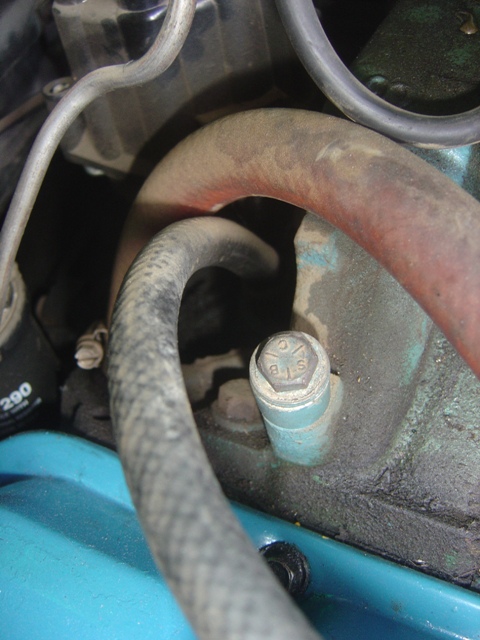
The PCV valve on a '67 is back by the distributor. This one is plugged and the grommet is solid as a rock.
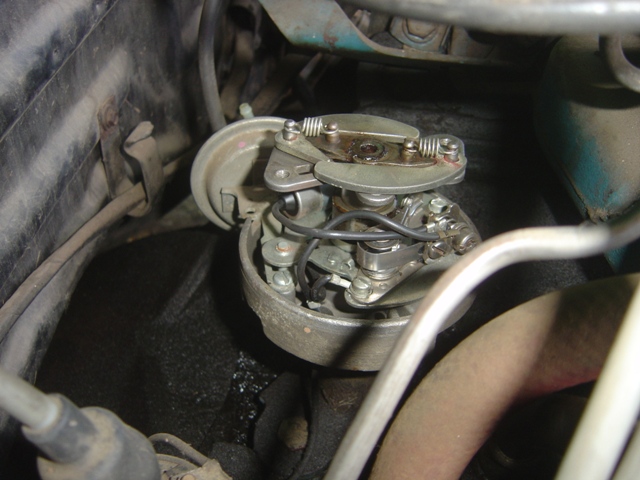
Distributor. Weights and springs are heavy, vacuum advance is dead, and points look brand new.
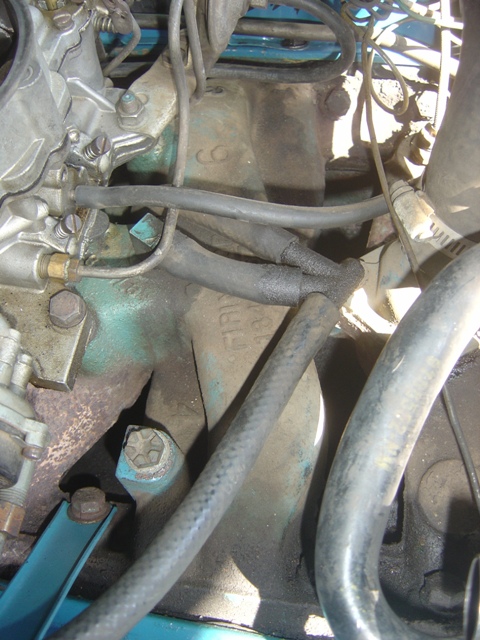
This disintegrated in my hands about 10 seconds after this picture was taken. Really GM, a NYLON fitting in the engine compartment like that?
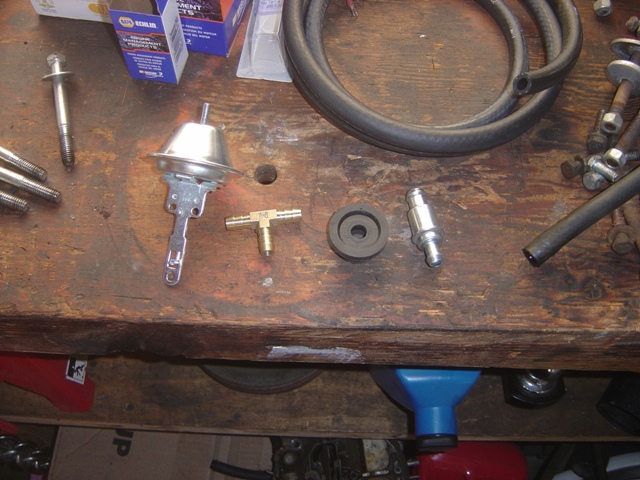
New vacuum advance, new tee, new PCV valve & grommet with plenty of 3/8" hose. Should go smoothly!
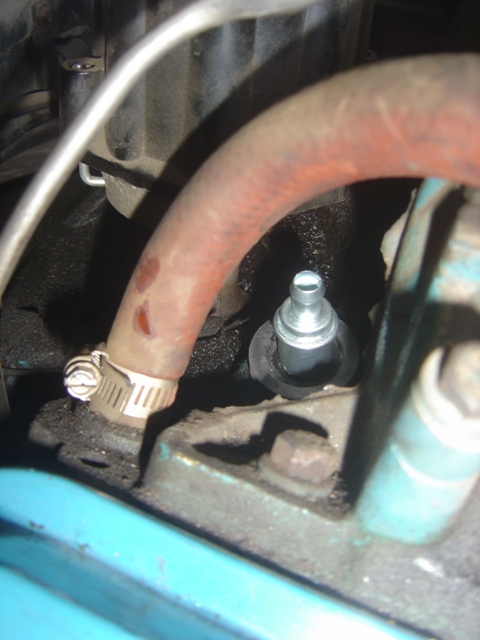
New PCV valve and grommet installed. This was much harder than it looks...
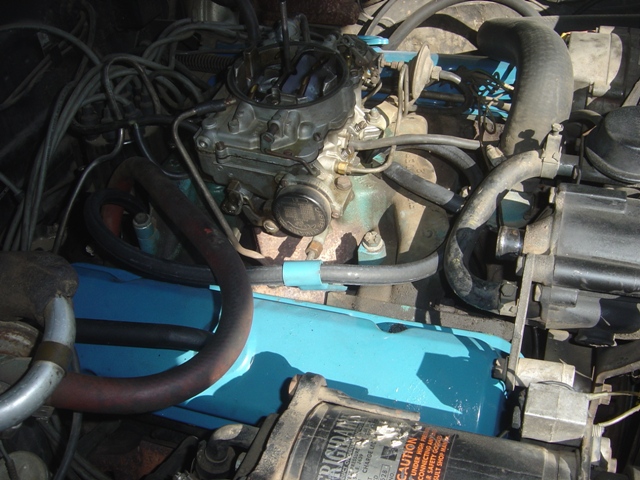
New hoses are run! Can't even tell it isn't something the factory would have done either.
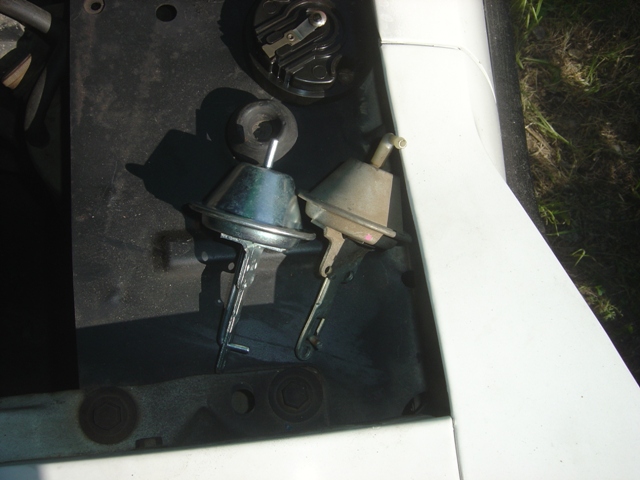
Old vacuum advance out and new one compared. Both have the same amount of travel built into them so the new one is a replacement for the old.
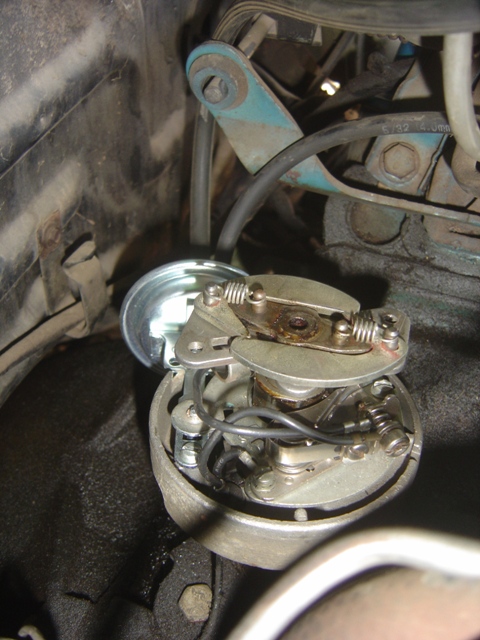
New vacuum advance installed. Once again, this was MUCH harder than it looks...
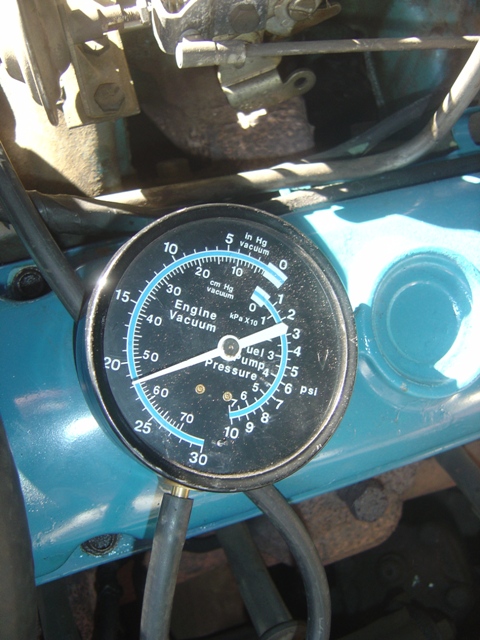
Some minor adjustments with vacuum advance and... 22" of vacuum at idle. Wow. Engine must be extremely healthy to be doing that well.
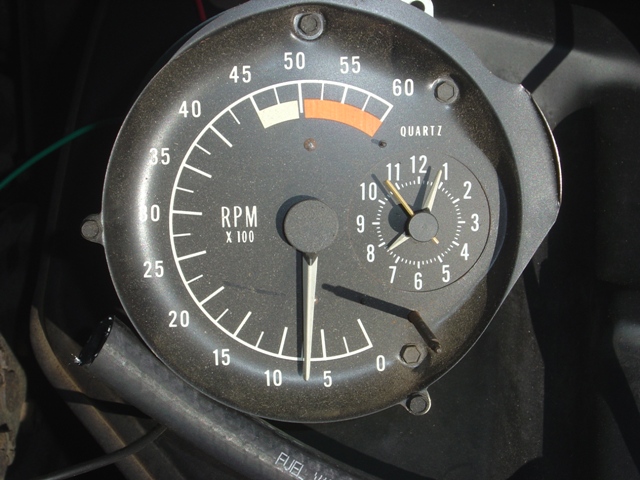
My trusty test-tachometer! Shows we're right at 900RPM at idle in park and 700RPM in gear, which is factory spec.
It idles considerably smoother than it did before and doesn't smell horrible anymore either. Yay for victories!
Summary of vacuum changes made:
Vacuum Advance: manifold source from rear carb intake stud (was hooked to ported by someone)
Dash Controls: teed off of the vacuum advance line (needs check valve still)
Transmission modulator: manifold source from the back metal block fitting
Power Brakes: manifold source from same back metal block fitting
Capped off 3rd fitting on back metal block fitting
A.I.R. bypass: manifold vacuum from port in front of carb (per factory service manual). Doesn't really matter since I'm not going to use it ;-)
Ported vacuum fitting: hooked to non-functioning Carter dashpot. Service manual does not detail which vacuum source this dashpot is supposed to use. I can't imagine the vacuum advance using a ported source as the advance would be unreal at cruise and the rest of the items are known manifold vacuum sources.
Specs I've managed to fix:
Initial was set at 6 degrees BTDC per factory service manual (as-is when bought)
New vacuum advance gives 19 degrees at 22" vacuum at 900RPM idle in park.
Springs and weights are heavy and only give ~14 degrees mechanical at ~2500RPM.
Idle in drive: 750RPM
So far we'll see how well it drives tomorrow when I get the power steering belt tightened back up and go for a test drive. It idles MUCH smoother than it did before and doesn't burn my eyes. I take that as a good sign. The only thing I'm worried about is detonation at this point...
Return to 1967 Bonneville Page
Last updated May 19th, 2012